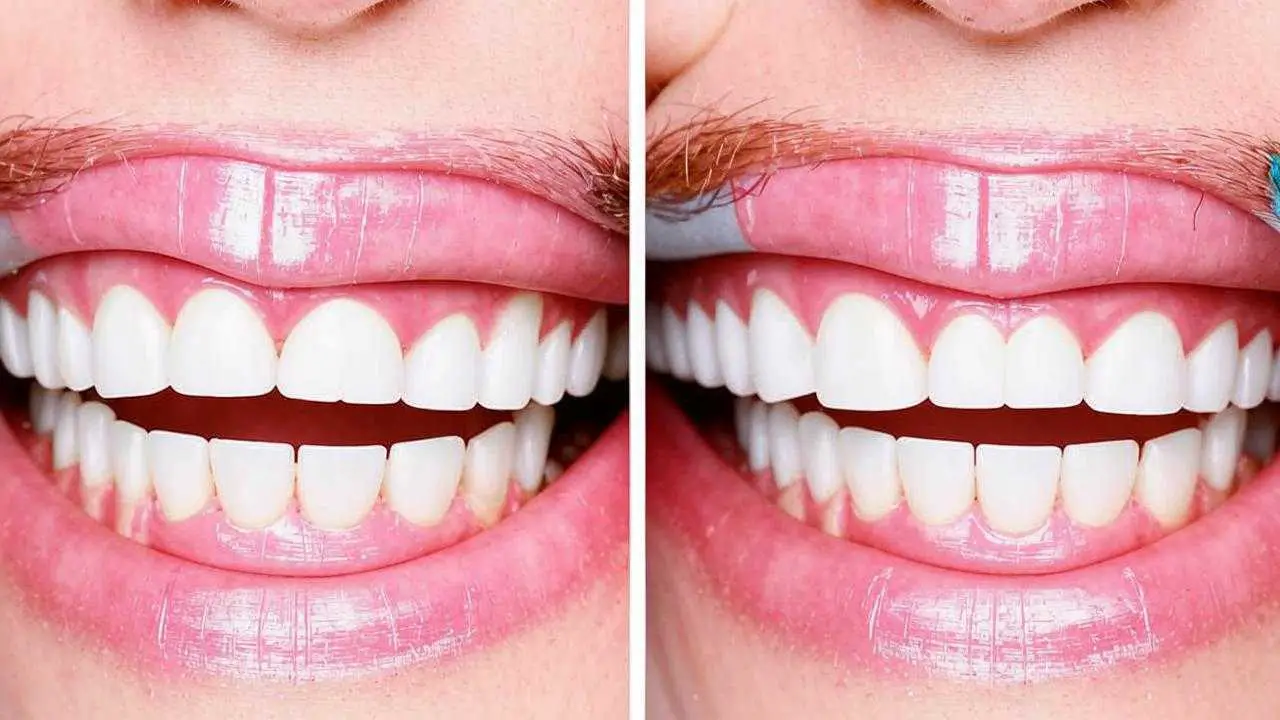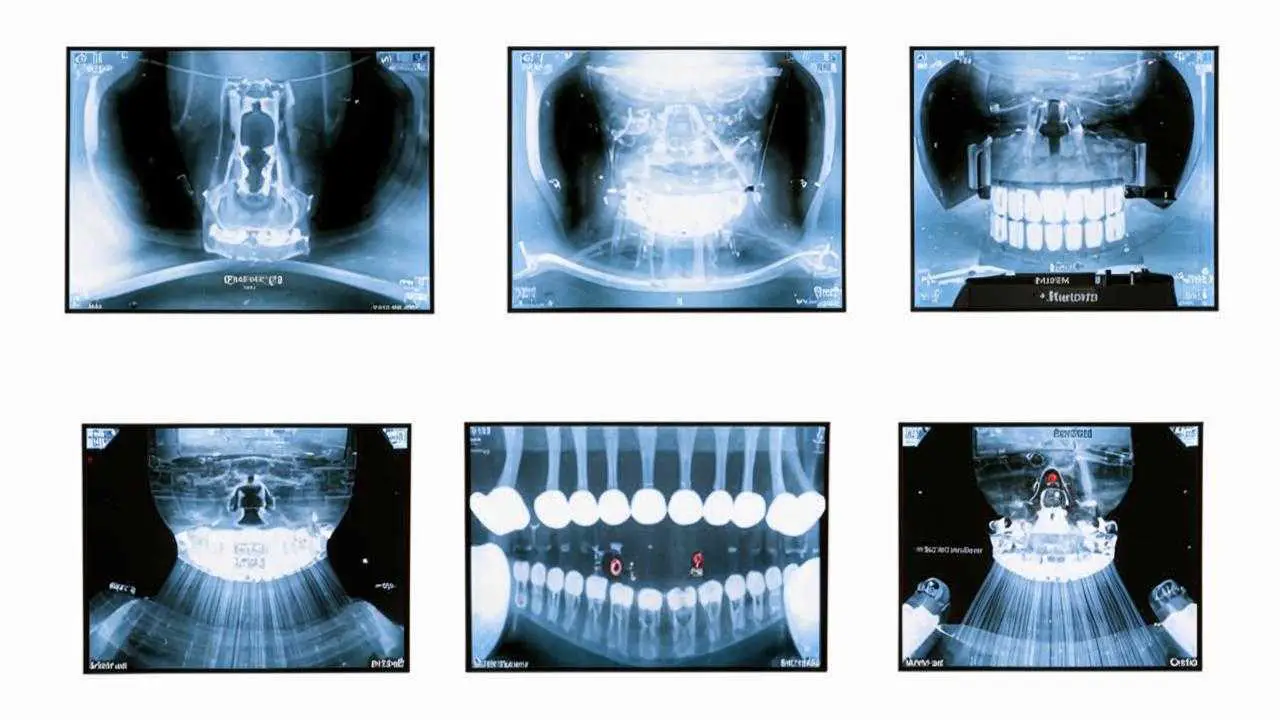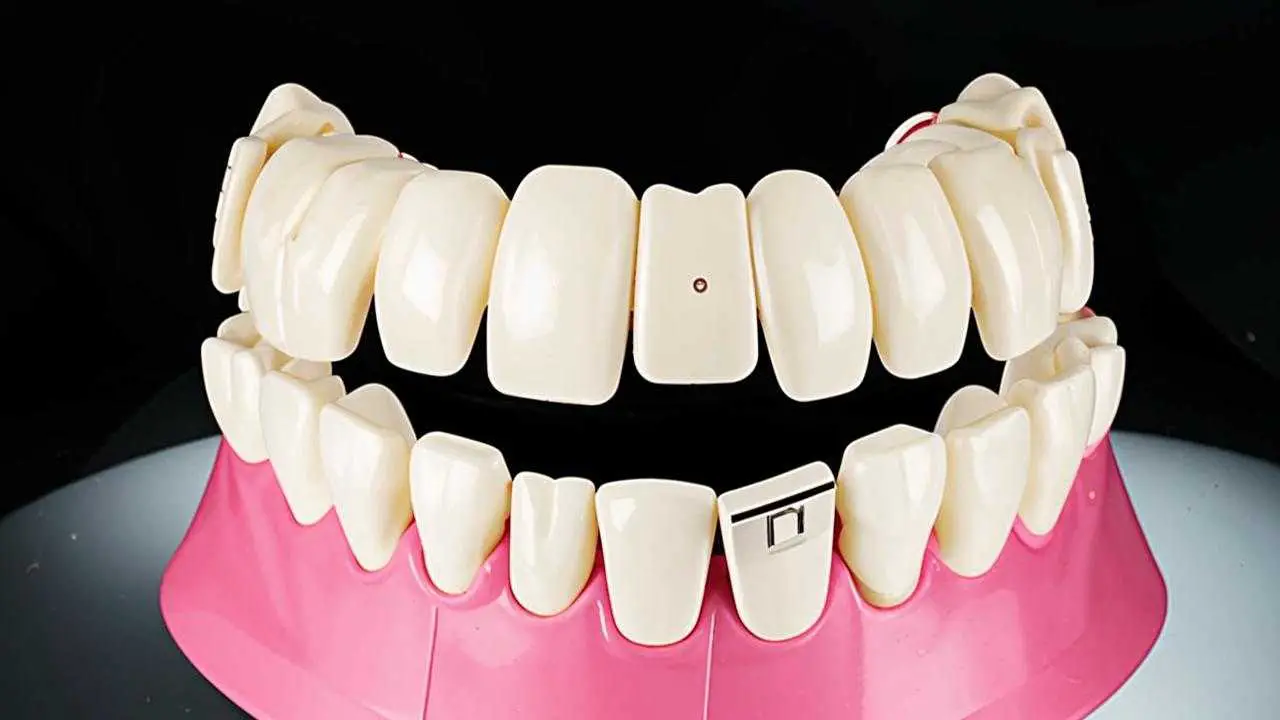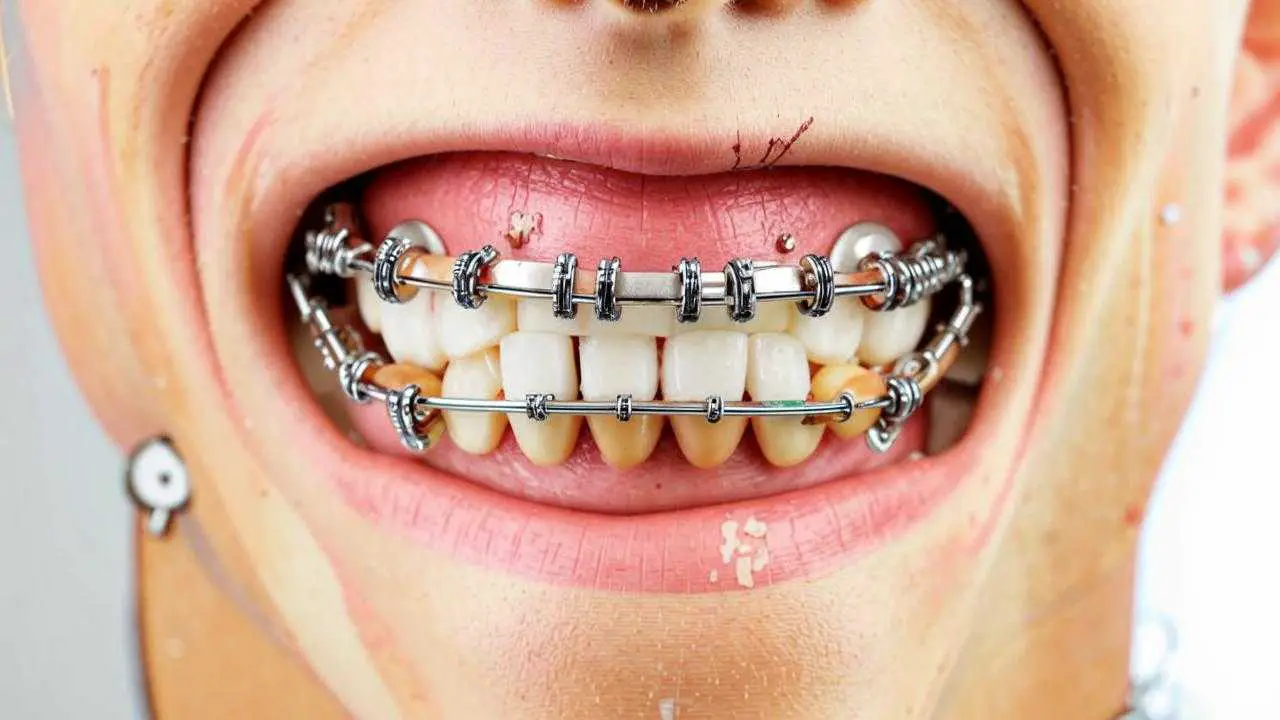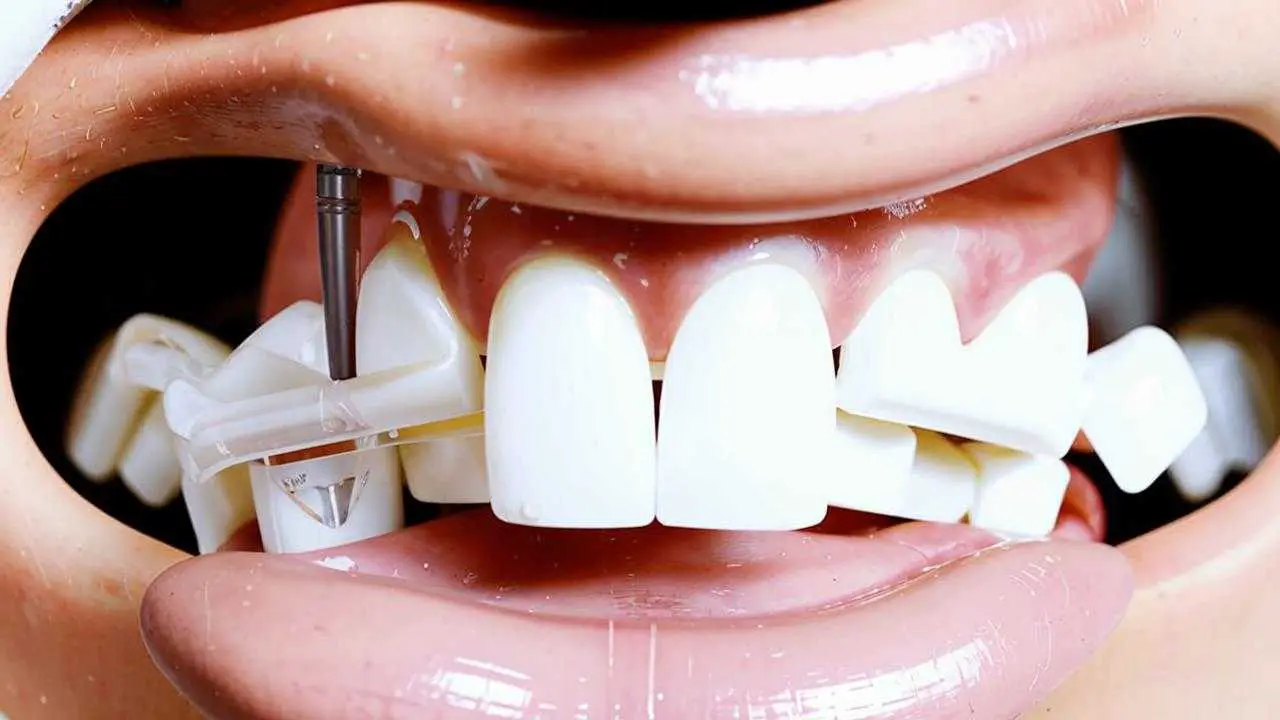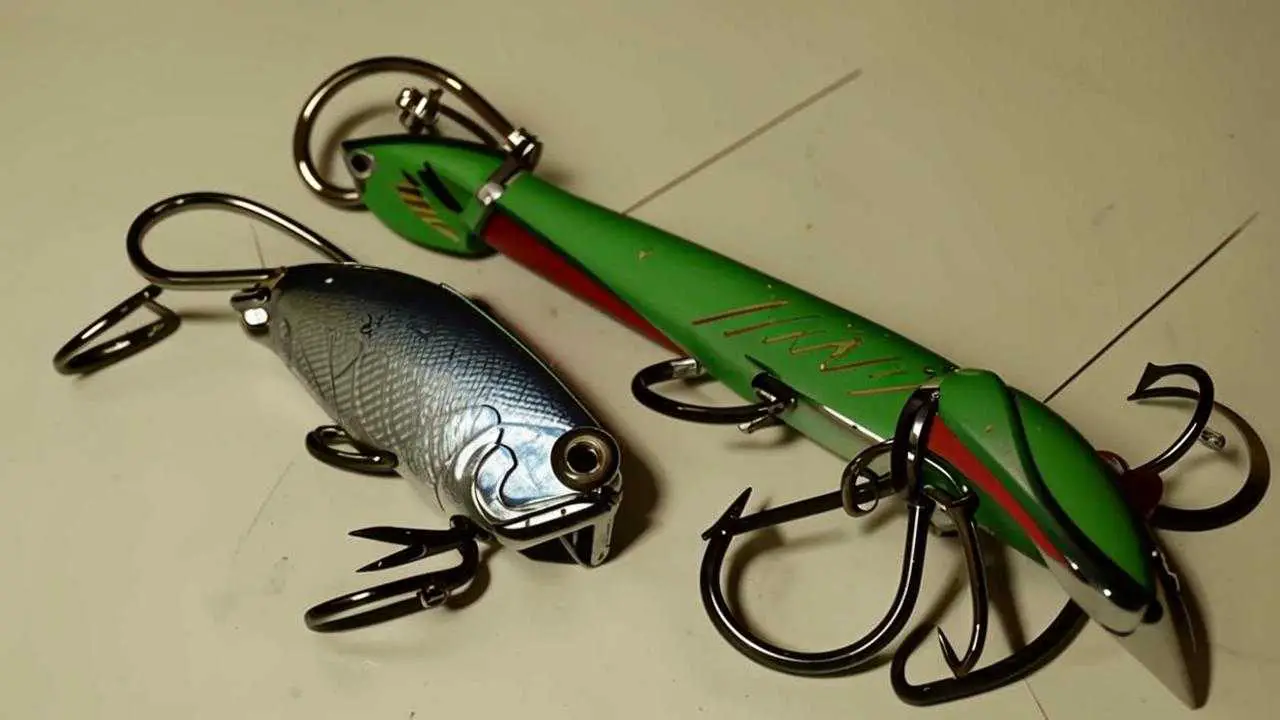Reading time ~ 7 min Number of readings: 13499
Crossbite occurs in 2% of patients. These are children and adults. There are many variations, quite often this type of occlusion is combined with other anomalies. Improper bite can be treated, but it should be started as soon as you notice deviations from the norm. Otherwise, therapy alone may not be enough.
What is a crossbite
Crossbite is a crossbite – the upper and lower jaw closing in a horizontal plane. Violation on one side or both, in the frontal zone or lateral. Occlusion occurs in a crossed position, the tooth rows, individual elements are overlapping.
Signs of crossed occlusion
One of the visible symptoms is certainly the asymmetry of the face:
- the corners of the lips are at different heights, causing the smile to be shifted (crooked);
- the chin line is deviated from the central axis.
Visual asymmetry in crossbite is not the only sign, it is also observed:
- misalignment of teeth in the mouth, crowding;
- changes in the TMJ (temporomandibular joint). This causes discomfort, unpleasant sensations, pain when yawning, wide opening of the mouth;
- uneven load on the teeth leads to rapid erosion and easy accessibility to caries;
- wedge-shaped defect;
- jaw muscle tension leading to frequent pain;
- traumatization of the cheek mucosa due to involuntary biting them.
In addition to the above signs crossbite displacement is sometimes accompanied by a speech defect in the pronunciation of whistling, hissing sounds.
Causes
The causes of crossbite of the teeth are as follows:
- narrowing of the jaw;
- atypical position of the tooth rudiments;
- early/late eruption of teeth or replacement of milk teeth, loss of chewing units before their due date. Neighboring elements simply fill the empty space;
- long-term addictions (lip biting, finger sucking, etc.);
- trauma, complications after surgical manipulations;
- bone diseases can cause a deep bite;
- mouth breathing. When you breathe with your mouth, the tongue goes down and does not press on the upper jaw as it should, and the lips and cheeks continue to influence in the opposite direction and, accordingly, the upper jaw arch narrows and deepens, there is a crossbite;
- heredity, genetic predisposition;
- congenital defect, pathology occurring during pregnancy or birth trauma.
It is not uncommon to hear the statement that the pathology of the bite affects the position of the person during sleep.
Types of crossbite
Correction of crossbite, the method of treatment will depend on the established type of anomaly. And the types of crossbite occlusion are as follows:
- buccal. Narrow underdeveloped upper jaw and enlarged mobile lower jaw. There is a bilateral overlap and unilateral, with or without displacement of the dentition. In this occlusion, the bottom overlaps the top.
- Lingual. The upper jaw is expanded, the movable one is smaller, so it is covered by cheek tubercles from above. Pathology can be uni-, bilateral.
- Buccal-lingual – combining the two above-mentioned types of crossbite, its treatment is much more complicated.
According to etiology, classify the type of atypical bite into:
- gnathic – pathology of the shape of the jaw;
- dental-alveolar – incorrect size of teeth, roots and alveolar arches;
- articular – displacement of the jaw, TMJ disorder.
Variants of combining deocclusion are common, mesial crossbite is not uncommon.
Possible complications
Abnormal arrangement of teeth, jaws directly affects the work of the entire jaw apparatus, there is decompensation, overload on the entire system. Since the chewing load on the tooth row, individual units is distributed incorrectly, unevenly. The same applies to the TMJ muscles, hypertonus occurs. And if you do not treat crossbite, then unfavorable consequences are possible:
- erasability of enamel, which leads to increased sensitivity, susceptibility to disease;
- periodontal disease;
- jaw muscles – hypertrophy, spasms, bruxism, muscle pain;
- jaw joints react with crunching, pain, disc atrophy;
- response to the digestive system in the form of diseases of the gastrointestinal tract.
There remains a speech defect, asymmetry of facial features in crossbite and psychologically unstable state of the person.
Diagnosis
For diagnosis, specialists use a set of studies to determine the degree of crossbite displacement:
- visual inspection: fixing the asymmetry of the lips, chin, signs in the oral cavity (crowding of teeth, overlapping cheek cusps), trauma from improper bowing of the cheek mucosa;
- use of a bite roll;
- X-ray, orthopantomogram, teleradiogram, CT, MRI (if indicated, you can choose);
- axilography as an additional method.
Before and after photos are taken to see the course of the correction process.
Crossbite in the anterior section is very often similar to the mesial bite, but these are fundamentally different pathologies. Crossbite in this form is much easier to treat than mesial bite, they should not be confused, so a thorough diagnosis is needed.
Options and stages of crossbite treatment
For different age categories of patients, the treatment scheme is different.
Correction of crossbite in children
- Myogymnastics is prescribed for practicing daily exercises. The muscles that influence jaw misalignment are engaged;
- toothgrinding;
- Trainer – silicone onlays made from impressions. They are worn at night and for several hours a day. They correct the bite and growth of teeth;
- orthodontic appliances: plates, Frenkel adjuster, Klammt activator, and others. Their action is aimed at the maximum permissible pressure on the tooth row, which is controlled by fixators, inclination, screws of the arches and other parts of the structures.
Braces for crossbite are prescribed starting from adolescence. They have proven themselves in correction and have only a positive effect after use.
How to correct a crossbite in an adult
- Engle apparatus for the expansion/contraction of the jaw arch. The arch of the design requires periodic adjustments to refine its pressure on the lingual side. Other appliances for rapid palatal expansion, palatal expanders.
- Braces in crossbite with competent orthodontic treatment can return the lower/upper jaw (the one that is narrowed) to the original size, shape. The distant units are shifted to the vacated space and correct the position of the tooth groups. The construction is a metal arch with retainers for each tooth. The orthopedist adjusts the degree of retention and the direction of movement. Treatment lasts up to 1-1.5 years for children and up to 2-2.5 years for adults.
- Eliners are increasingly gaining popularity. These are polycarbonate transparent mouthguards that resemble trainers. Directed to move along a certain trajectory of the teeth. They are inconspicuous, suitable for mild to moderate pathology. After a year, you can see positive dynamics.
- Crowns made of durable plastic, which exert sufficient pressure on the tooth in a given vector. For example, Katz crowns are good for correcting the frontal group of up to 6 teeth. Crowns are equipped with a hinge in the lingual zone, its length depends on the number of units to be displaced.
- osteotomy. Surgical operation in which a sawing of the jaw is made, installation in the correct position and fixation with a special construction. After that, the patient will still be prescribed braces or another system to fix the result. It is used for skeletal asymmetry, when other methods are powerless.
Prevention
To prevent the appearance of any abnormal bite, crossbite, including, it is necessary to carefully monitor the health even during pregnancy of the mother. Her illnesses, taking strong medications, stress can affect the pathology of the development of the jaw system of the child in the womb.
After the appearance of the baby, do not allow long sucking fingers, toys. Preserve breastfeeding. Follow the timely treatment of ENT diseases, so that there is no mouth breathing.
If signs of crossbite are detected, see a doctor and start treatment as soon as possible.
